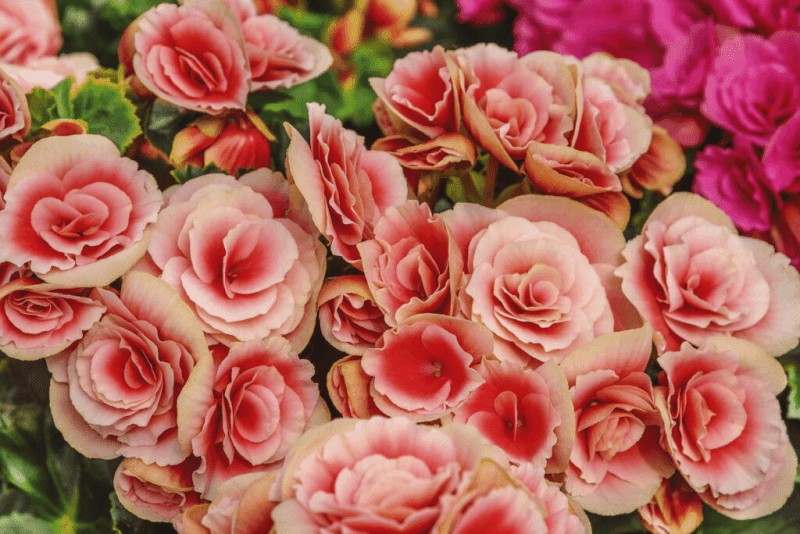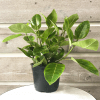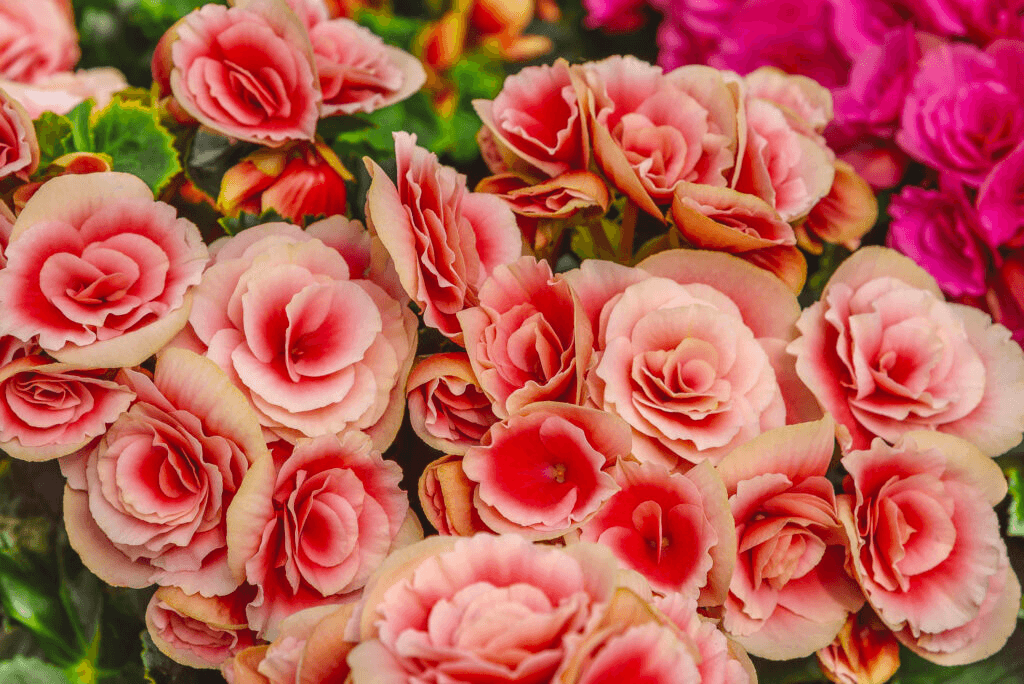
Source: DIYS
Thank you for reading this post, don't forget to the best blogger Guy About Home who offers the best garden and home improvement tips! If you are a home decor and design fan, don't miss the tips on home ideas. If you are a home garden owner, then you might be interest in our complete guides to house plants!
Elatior begonia is a perennial flowering plant and is usually placed indoors in places with cooler climates. It is known to be among the largest genera of flowering plants with over 2002 species. These species belong are categorized as terrestrial and sometimes epiphytic and flourish in South and Central America, Africa, and southern Asia.
Begonias are beautiful, especially in their blooming season. It has a wide array of types to choose from but properly caring for it does not differ that much from one another. Maintenance of begonias is not that different from other plants as it is not difficult to look out for. Read on to learn more about its different types, and how to overwinter, water, fertilizer, and germinate begonias.
elatior begoniain information & facts
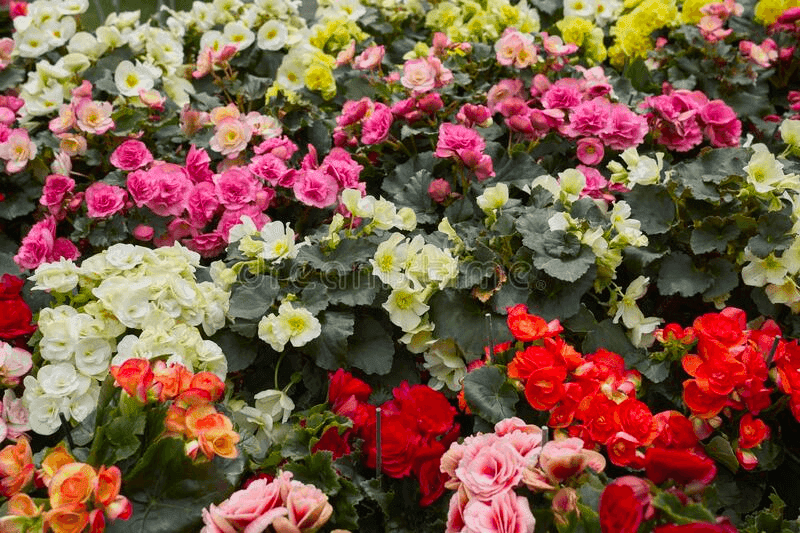
Source: Dreamstime
Elatior begonia comes from the genus begonia, which belongs to the family of Begoniaceae. Their natural habitats are moist subtropical and tropical climates. Its common name is rieger begonia, elatior begonia, begonia, and its scientific name is begonia x hiemalis. It is classified to be tuberous and its rank is species
where are begonias from?
Begonia elatior hybrid is a flowering herbaceous perennial plant native to Southern China and Japan. Begoniaceae is a large flowering plant family with about 1500 different species and hundreds of hybrids, named after Michael Begon (1638-1710), governor of French Canada.
begonia elatior care: things to know
Are elatior begonia annual or perennial?
Begonia is a versatile perennial that blooms throughout the summer and grows best in tropical and subtropical climates. It is treated as an annual in colder areas where frost occurs and is discarded after flowering.
Do Rieger begonias come back every year?
Rieger begonias are fast-growing plants that are propagated to bloom during the winter season and sold as disposable plants. The idea is to enjoy the plant while it is in blooming season and when it is over, it will be discarded. However, this is not required to follow. Rieger begonias can be enjoyed all year round while waiting for its blooming season in the fall.
Is begonia elatior indoor or outdoor?
Begonia elatior thrives indoors better than outdoors because variables are much more controllable than the latter. The temperatures perfect for it are 75 degrees with a nighttime low of 60 degrees. It can survive high temperatures as long as it is not under direct sunlight. Frost and wind should be both avoided as begonias are intolerant of such elements.
Can begonia elatior survive outdoors?
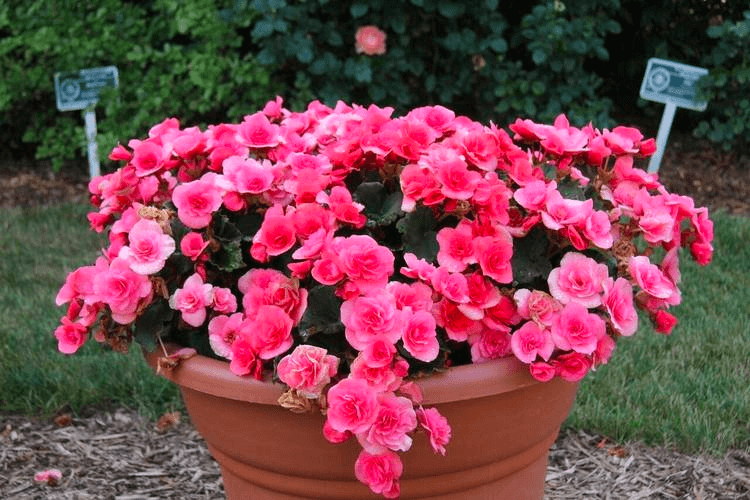
Source: Archiwum Allegro
Elatior begonias do not grow well outside because they like temperatures between 16 and 22 °C. They are perfectly content with a location within the home. These temperatures are particularly ideal during the winter because, as tropical plants, begonias are accustomed to constant temps all year. If you wish to place them outdoors, make sure to maintain the lowest temperature they can tolerate.
When and where to plant begonias outdoors
Plant them outside in late spring, once the soil has warmed and there is no longer risk of frost. Tubers can be started indoors in pots for about 8 weeks before planting them outside for earlier flowering. You only need a pot, a moist growing mix, and a warm, sunny place.
Does elatior begonia like sun or shade?
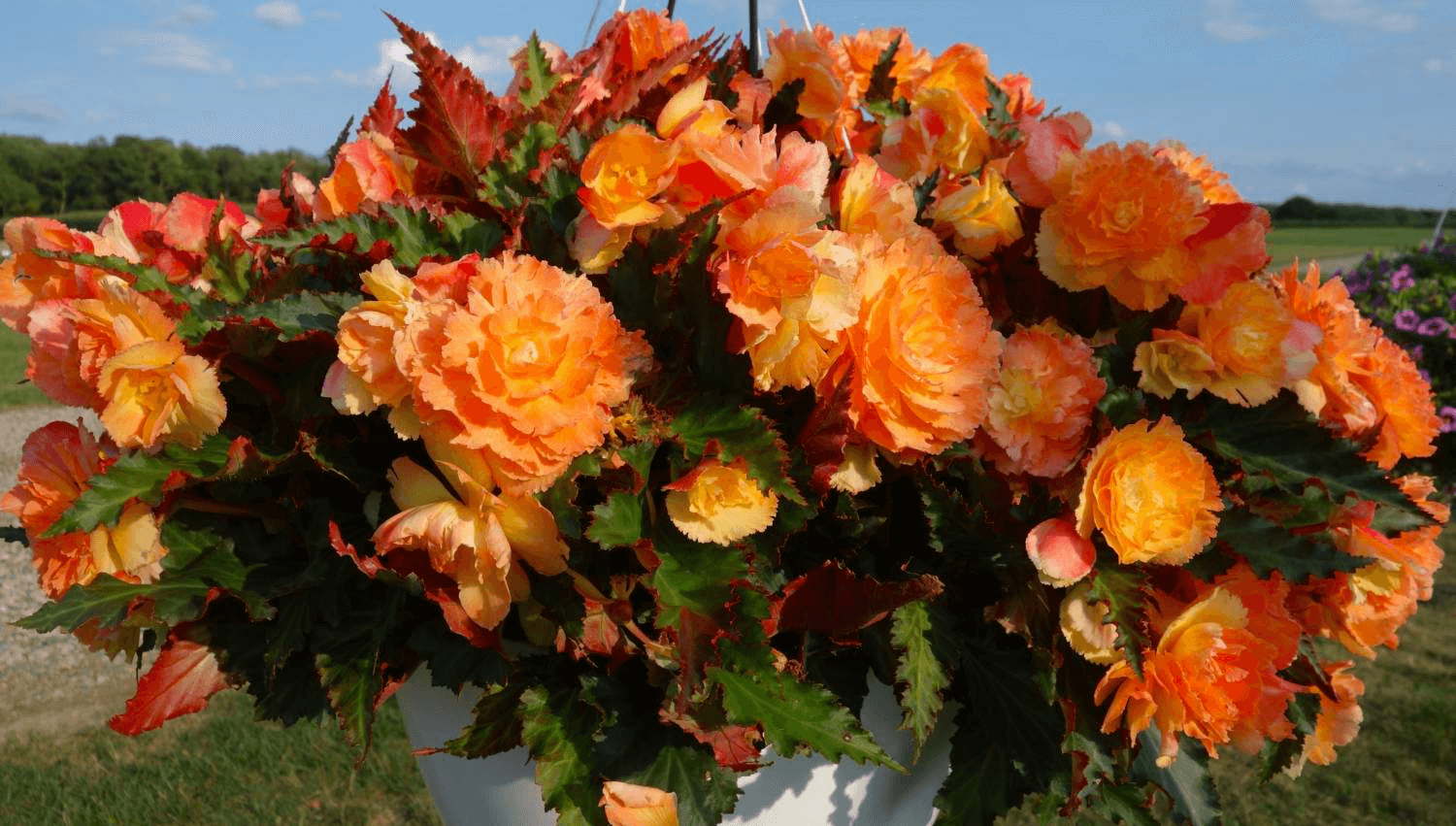
Source: Greenhouse Product News
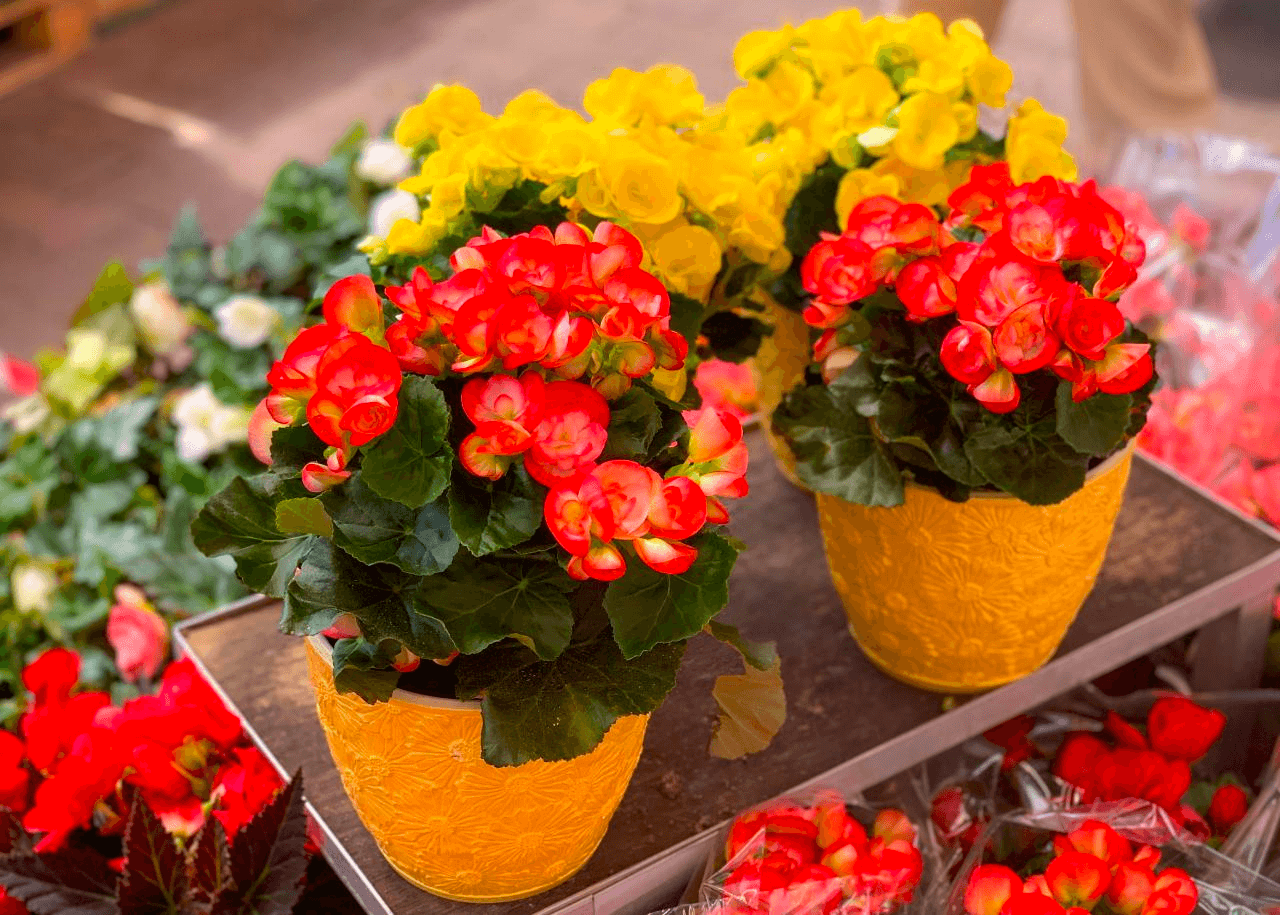
Source: HGTV
Elatior begonias prefer bright, indirect light. Plants growing indoors should be placed near an east, west, or southern window to avoid direct sunlight. In the sun, foliage scalds readily, and overheating can harm these delicate plants. Therefore, its bad practice to place begonias in direct sunlight.
When to bring begonia inside
If you have potted begonias, it’s fine to overwinter them right there. Just remember to bring them inside before the temperature falls below 60°F. Fibrous cultivars such as rex, angel wing, and wax can be maintained alive as a houseplant all winter.
Are elatior begonias tuberous?
Elatior begonias are bushes that belong to the begonia family. It is semi-tuberous and cultivated for long indoor flowering seasons. Its blooms are dainty and delicate and grow on frail stems.
To see whether your begonias are tuberous or not is by check their roots. If it’s fleshy and has a round tuberous root, your begonias are tuberous.
Is it safe to leave begonias in the ground over winter?
Begonias do not thrive in winter and are intolerant to frost. If they are planted outdoors in ground soil, repot and place them indoors during the winter season.
How do you take care of begonias
Taking care of begonias including yellow elatior begonia is easy. All begonia types including annual and perennial thrive well in partial shade, soil with proper moisture, and drainage in high amount of organic content
Not confident in planting an indoor plant? Why not getting power from our inspiring indoor plants quotes?
How do you care elatior begonia(rieger begonia) outdoors and indoors
Besides this plant, we also make a full care guide on how to care for Ficus altissima.
No worries! Though you might encounter the difficulties when learning how to care such an plant as a new plant caring starter, we got the most popular plant lover quotes that can partner with you and you are going to succeed in plant care and grow.
rieger begonia outdoor care
Rieger Begonias require a lot of light. Avoid direct sunshine, however. If placed outside, choose a location that provides the partial sun to partial shade. Set the plant near a window when cultivated indoors, avoiding south-facing windows with bright or direct sunshine.
rieger begonia indoor care
The indoor care of Rieger begonias does not require much. To start, maintain medium bright light with moderate humidity. Use high-phosphorous fertilizer once every three weeks, especially in active growth. Soil should be dried to within 1 inch from the surface.
Rieger begonia light requirements
Begonias require bright, indirect light. Indoor types prefer a location near a large window with a sheer curtain to protect them from direct sunshine. Their leaves can be burned by direct sunlight.
Rieger begonia temperature and humidity
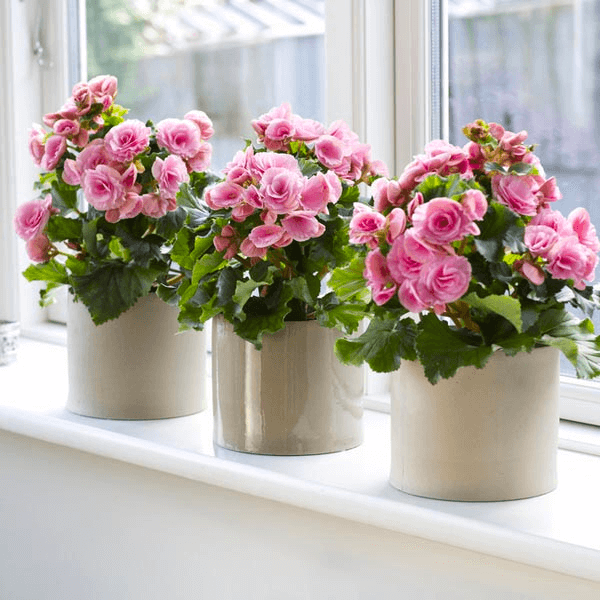
Source: My Garden Life
Begonias also demand high humidity to thrive, which makes cultivating them indoors difficult. Some begonias are more sensitive to humidity than others. You might keep your begonia in the bathroom or kitchen, where there is more moisture in the air. To maintain proper humidity, use a pebble tray or humidifier.
Temperatures should be in the high 60s to 70s Fahrenheit during the day and 50 to 60 F at night. Water the Rieger begonia when the soil surface seems dry to the touch.
rieger begonia watering
The fundamental rule of thumb for watering begonias is to avoid entirely drying up the soil. If the soil is dry to your first knuckle when you stick your finger into it, it’s time to water. Overwatering causes the leaves to become yellow and eventually droop.
How often should begonias be watered?
Maintaining well-balanced moisture in the soil of your begonias is key to taking care of it. Always check its moisture from time to time and make sure to avoid overwatering it as this may cause yellowing and falling off of its leaves
Rieger begonia fertilizer
While the Rieger begonia is blooming, fertilize it once a month with a high-phosphorous liquid plant food and remove faded blooms. After the plant has finished blooming, cease feeding it and gradually reduce watering until the soil is barely moist.
elatior begonia pruning
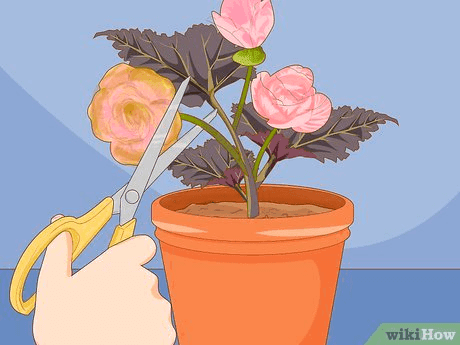
Source: Wikihow
When necessary, deadhead the plant’s blossoms. You should also prune your plant to about 2-4 inches in height to promote faster Elatior Begonia development. Make careful to prune your plant after it has completed blooming to encourage new blooms regularly.
Rieger begonia & elatior Begonia propagation
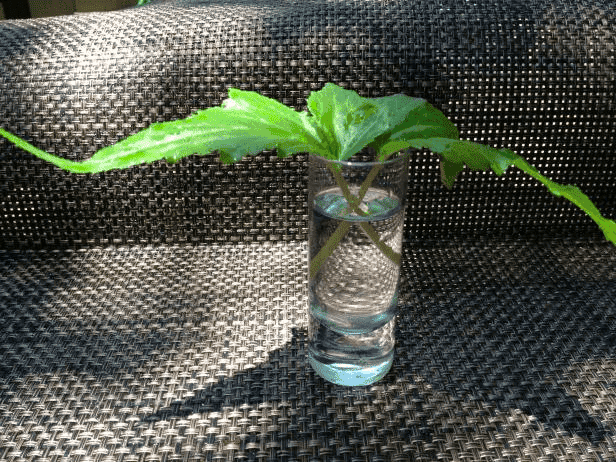
Source: HGTV
Besides this plant, we also make a full care guide on how to propagate Ficus triangularis.
From the mother plant, cut a three to four-inch portion of the stem or a few leaves. If you utilized a stem cutting, dip it in rooting powder before planting it in soft soil, or just soak the stem in water before planting it in the soil after the roots begin to grow. Leaves can be planted directly into a container and soil.
To propagate begonias with seeds, use a small seed sowing propagation method special for elatior begonia. Once it is propagated, maintain moisture with spray from a watering can. Then, use a plastic film to cover it.
Other begonias propagation concerns :
how easy is it to grow begonias from seed
Most begonias are simple to grow from seed, care for and adore. All summer long, they fill baskets, window boxes, and flower beds with simple blossoms. Typically, flowering begins 12 to 14 weeks after planting. Begin tuberous begonias in pots or other suitable receptacles.
how long do begonia seeds take to germinate
In two to three weeks, the seeds should germinate. When the seeds germinate, remove the plastic wrap or dome and immediately place the seedlings under fluorescent lights. The lights should be placed 4 to 6 inches away from the seedlings and turned on for 12 to 14 hours per day.
how to grow begonias from seed
How to start begonias from seed requires proper lighting. Since its seeds are the same size as dust, it requires disinfected seed trays to avoid fungal diseases. Evenly distribute the seeds onto the soil so it won’t be difficult to re-pot them later on.
How to overwinter begonias
- Place begonias on the ground.
You can overwinter begonias in the ground as long as the variety you have is hardy in your climate. If they have tubers, they will survive as long as the temperature is above 50°F.
If the bulb lies dormant throughout the winter, the foliage on tuberous cultivars may die back. In that instance, cut it all the way to the ground.
- You can also place them in pots
You can overwinter begonias right in the pot if they are in a container. Just be sure to bring them inside before it gets colder than 60 °F.
You can keep wax, angel wing, and other fibrous types alive indoors all winter. But letting the ones with bulbs, like Rieger, naturally become dormant is considerably simpler.
- Repotting your begonias for winter
You can dig up and store your tuberous begonias for the winter if they are already planted in your garden. But you need to lift them before the first frost if you want them to be successful.
Too much time spent burying them will cause frost damage, making it likely they won’t survive in storage.
Rieger begonia care concerns & tips
Besides this plant, we also summarize the caring issues and concerns on the plant Blue iris flower.
Why are flowers turning brown?
The most frequent causes of browning begonia leaves are underwatering and too much direct sunlight. Usually, watering issues or low humidity are to blame for brown leaf tips and edges. Overexposure to direct sunlight or illness is the usual cause of brown patches or spots.
why do begonia leaves turn brown?
Your Begonia is very dry, which is the main reason for brown leaf edges. Your Begonia enjoys regular wetness. Do not let the soil dry below the top half of the soil before watering again.
Where can I buy a begonia elatior plant?
Begonia elatior plants are available online in Bunnings. Their wide selection of begonias include begonia hiemalis, begonia x semperflorens, begonia maculata, etc. Their store is also complete with all gardening essentials.
When should I buy begonia?
The best time to buy begonias is during springtime. This period is the blooming season of begonias so prices are cheaper than usual. Here are some products from home depot
Elatior begonia & Rieger begonia care: in summary
This guide is applicable for the maintenance of the following begonias
- Begonia hiemalis
- Begonia Rieger
- Begonia Elatior
Caring for begonia plants is relatively easy as long as the general rule for plants is followed. Always assess its soil, leaves, and flowers. If there’s anything unusual, it’s best to consult this guide for assistance.
For more step-by-step ideas, diy tips and guides, kindly visit the website guyabouthome.com providing the best garden & home improvement tips.


